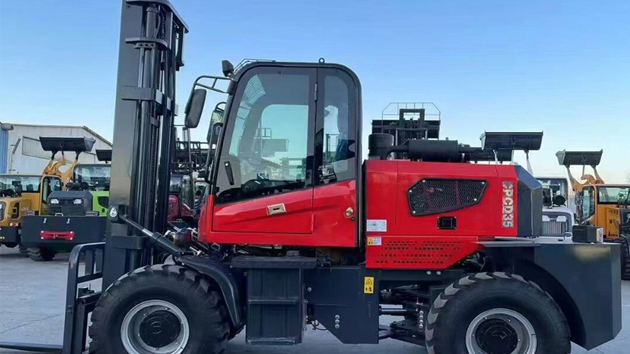The Hidden Impact of Overall Weight in Small Loaders
2025-07-25 05:15:24
Small loaders are indispensable in industries like construction, agriculture, and landscaping due to their versatility and compact design. One critical yet often overlooked factor is their overall weight, which directly influences stability, fuel consumption, and transport logistics. Manufacturers prioritize balancing weight to ensure these machines deliver optimal performance without compromising efficiency.
The overall weight of small loaders typically ranges between 1,500 to 5,000 kilograms, depending on their size and attachments. A heavier loader provides better traction and stability when handling dense materials like gravel or wet soil. However, excessive weight can increase fuel consumption by up to 15%, according to industry studies. Engineers must carefully calculate the overall weight to strike a balance between power and economy, ensuring the machine remains cost-effective over its lifespan.
Transport regulations also play a role in determining the overall weight of small loaders. In many regions, machines exceeding 3,500 kilograms require special permits for road transport, adding logistical challenges and costs. Lightweight models, while easier to move, may lack the durability needed for heavy-duty tasks. Thus, manufacturers often use high-strength, lightweight materials like reinforced aluminum alloys to reduce overall weight without sacrificing structural integrity.
Operators must consider the overall weight when selecting attachments, as heavier implements can shift the machine’s center of gravity, affecting stability. For example, a 2,000-kilogram loader with a 300-kilogram bucket may perform differently than the same machine equipped with a 500-kilogram pallet fork. Proper weight distribution ensures safer operation, reducing the risk of tip-overs, which account for nearly 20% of loader-related accidents, as per OSHA reports.
In conclusion, the overall weight of small loaders is a pivotal factor influencing performance, efficiency, and safety. By optimizing weight through advanced materials and engineering, manufacturers can enhance productivity while minimizing operational costs. Businesses should evaluate their specific needs to choose a loader with the ideal overall weight for their applications.












